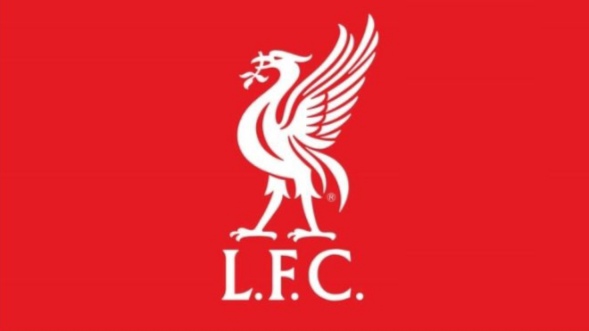In a dramatic turn that could redefine Real Madrid’s midfield for years to come, club president Florentino Pérez and manager Xabi Alonso appear ready to make a bold and potentially controversial move. Reports from Valdebebas indicate that Los Blancos are seriously considering selling Eduardo Camavinga and investing €100 million to bring Vitinha from Paris Saint-Germain to the Spanish capital—one of the most audacious moves of this transfer window.
What’s surprising is that Camavinga—a fan favorite and once seen as a key piece of Madrid’s future—could be the one sacrificed to make it happen.
With Luka Modrić and Toni Kroos recently departing, Real Madrid find themselves in a period of transition. Although the squad still boasts a wealth of young midfield talent—Jude Bellingham, Federico Valverde, and Aurélien Tchouaméni among them—Alonso reportedly views Vitinha as the ideal player to complete the puzzle.
The 24-year-old Portuguese midfielder has flourished under Luis Enrique at PSG and is a pivotal figure in Portugal’s Euro 2024 campaign. Known for his sharp passing, tight ball control, and quick transitions, Vitinha’s playing style has even drawn comparisons to a prime Modrić. Insiders believe he’s the perfect successor to the Croatian legend.
Meanwhile, PSG remain long-time admirers of Camavinga. Despite a series of injuries that have hampered his momentum in Madrid, the French giants still see him as a player with immense untapped potential. Including Camavinga in the deal might soften PSG’s stance, though early signs suggest they’re hesitant to part with Vitinha, especially with Champions League ambitions still very much alive.
For Pérez, this isn’t just a strategic purchase—it’s a statement. Internally, he’s described Vitinha as a “number 10 of the future,” an unusually glowing endorsement from a usually reserved club president, highlighting the high regard in which the player is held at Madrid.
The timing of this potential transfer is carefully planned. With the Club World Cup wrapped up and the summer market heating up, Madrid believe the moment is right. Negotiations are reportedly underway, and both clubs are fully aware of the other’s intentions.
Camavinga, for his part, has not yet commented publicly. However, a return to France with a starring role at PSG may appeal to him, especially if it means more consistent playing time and a central role in the club’s rebuild.
While the move may seem risky—exchanging one promising young midfielder for another—it aligns with Alonso’s tactical vision. He wants a playmaker who can dictate tempo, break defensive lines with incisive passing, and add creativity in the final third. While Camavinga excels defensively, he hasn’t fully stepped into that creative role.
Vitinha, on the other hand, has emerged as one of Europe’s most complete midfielders. His ability to link defense and attack, dictate tempo, and influence games has made him a potential Ballon d’Or contender. Madrid are confident that he could reach even greater heights under their system.
Should the transfer go through, it would send a strong message about Madrid’s intent—not just to replace the past, but to build something new. A midfield trio of Bellingham, Valverde, and Vitinha could represent the club’s next golden era, brimming with energy, technique, and vision.
Yet, it remains a high-stakes gamble. Letting go of Camavinga, a player many viewed as a future captain, is a significant decision that could either strengthen Madrid’s midfield identity or disrupt it.
Much now depends on PSG. The French club’s leadership is cautious, wary of being outmaneuvered in the market—especially following the departure of stars like Kylian Mbappé. Letting Vitinha leave could be perceived as another blow to their stature.
Given Qatar Sports Investments’ influence at PSG, optics and perception often matter just as much as footballing logic. A deal like this goes beyond just tactics—it touches on pride, ambition, and long-term vision.
Still, Madrid are moving quietly and methodically. Their recruitment team is focused on getting the deal done, knowing that the best signings are often the most strategic rather than the flashiest.
If successful, the result could be a young, dynamic, and technically elite midfield capable of leading Real Madrid into a dominant new era. But for now, the spotlight shifts to Paris. Will PSG play ball—or will Madrid need a new plan?






